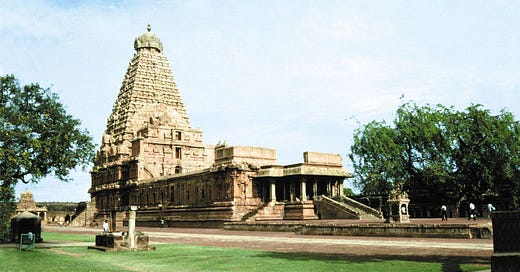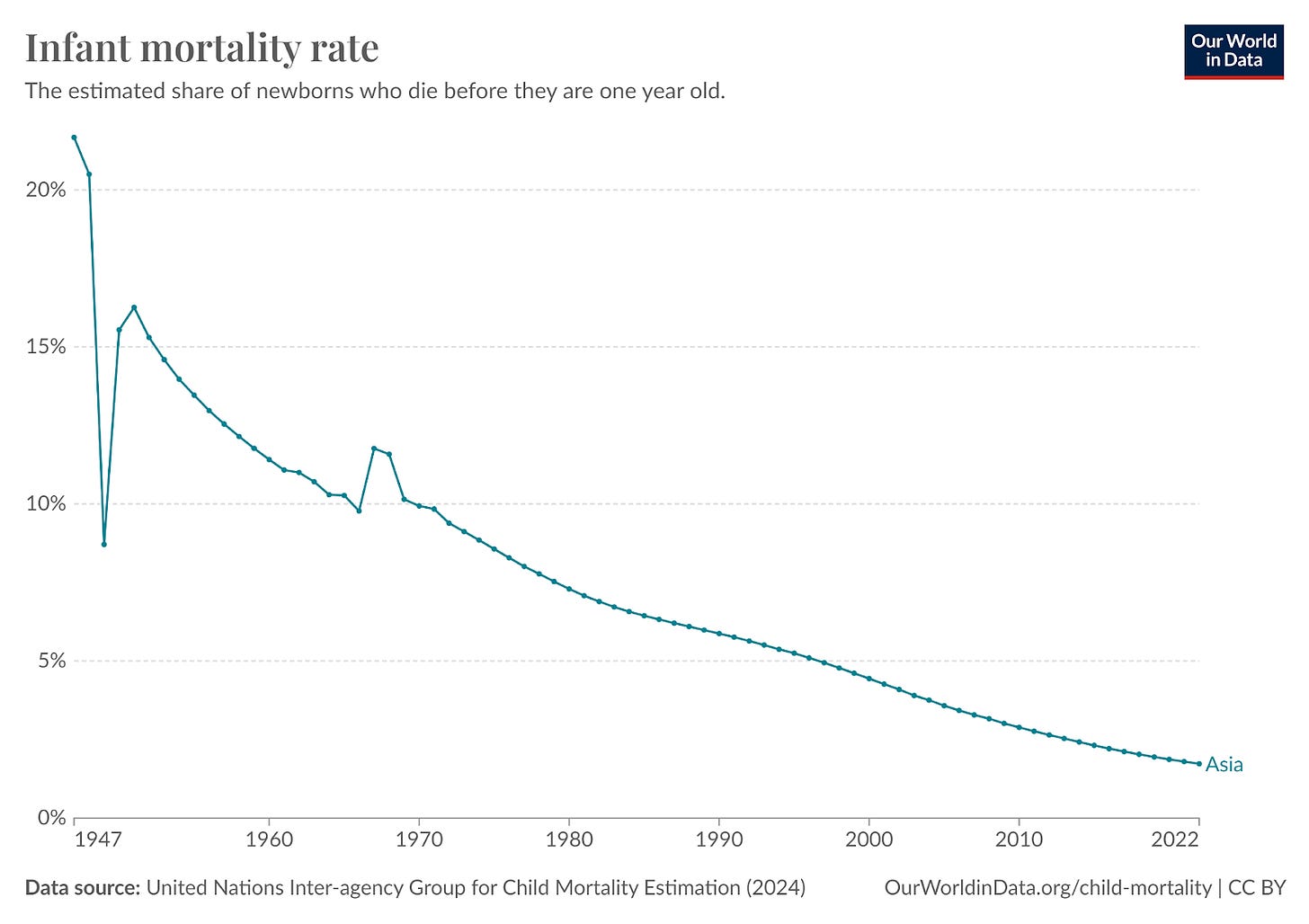Old Structures, Stronger People: Are We Really Falling Behind?
Sorry, my best friend married twice in the last week and I was overwhelmed with that and couldn’t post.
The majestic Brihadeshwara Temple in Thanjavur, Tamil Nadu, has stood tall for over a millennium, untouched by time. The Sun Temple at Konark has endured for almost eight centuries. I could go on about the incredible sturdiness of ancient structures.
Image source: Britannica
As a modern engineer, I can’t help but feel a sense of shame when I think about the things we design today—structures that barely last a decade. Despite all our education and technological advancements, we often end up creating things destined to fail. And fail, sometimes even before they’re officially opened.
But were ancient structures immune to failure? Who recorded those incidents, if any? Did they have a free press back then? It’s fair to assume that most historians were state-funded, and anything funded by the state is unlikely to criticise the ruling authority. So, there’s a good chance that the failures of the past were swept under the rug. After all, as the saying goes, “History is written by the victors.”
When we examine the stats, the ancient buildings that have survived to this day probably represent less than 1% of the structures that existed back then. And let’s not forget that these were built by the most skilled craftsmen of their time, with massive state funding. Judging the strength of ancient buildings based on this small, handpicked sample is shortsighted.
Now, let’s turn to something else that rarely lasts a century: humans. It’s commonly said that our grandparents were stronger than our parents, who in turn are stronger than us. And apparently, we’ll be stronger than our children. At first glance, it seems true—the older generations do appear healthier and tougher. Or perhaps it’s more accurate to say, “The surviving older generations are stronger than us.”
In the past, only the strongest survived. If a baby was born in the 1950s, there was a 20% chance they wouldn’t live past five years. Today, the infant mortality rate is less than 2%, meaning almost all babies survive beyond five years. That’s thanks to the scientific and economic progress we’ve made. I’ve experienced this firsthand—I spent over two months in a hospital as a three-year-old. If not for modern healthcare, I probably wouldn’t have made it past the five-year mark.
I wasn’t strong, much like the 20% who wouldn’t have survived in the 1950s. But I did survive, thanks to access to advanced healthcare and sanitation. Without these, Darwin’s theory of survival of the fittest would’ve decided my fate. Thankfully, we live in an era where even the weak have a chance.
When we see senior citizens today who’ve lived long, healthy lives without major ailments, it’s easy to assume that earlier generations were naturally fitter. But that’s just survival of the fittest in action—the weaker ones didn’t make it. This skewed perspective explains why the older generations appear stronger. Not everything old is gold; rather, only the gold has survived long enough to be called old.
This idea holds true across domains. Take cinema, for instance. People often say, “Movies were better in the old days”. We remember classics like Bangarada Manushya, Kasturi Nivasa, and Anand because they were exceptional. But that doesn’t mean there weren’t plenty of mediocre movies back then, too.
The same logic applies to vintage cars, great politicians, and iconic music. Given enough time, only the best survives, and people naturally say, “Old is gold.”
Next: Identifying top performers!





